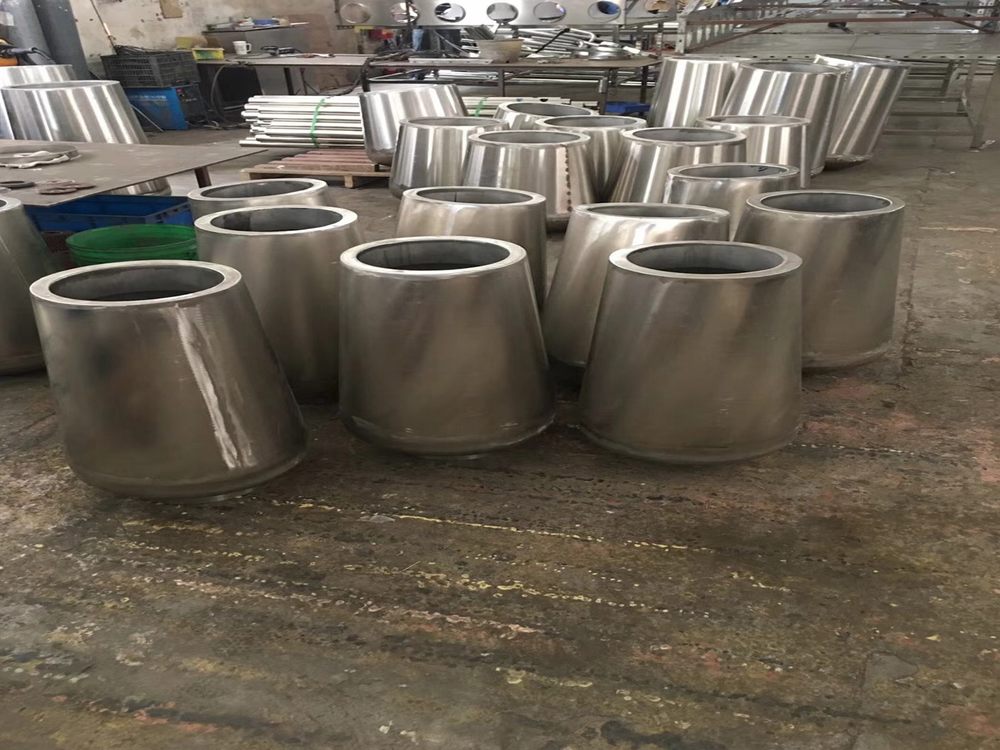
Wood carving remains a vibrant and evolving art form in contemporary galleries, blending traditional techniques with modern artistic expression. Among the most prominent styles today, abstract wood sculpture dominates many exhibitions, featuring bold geometric forms and organic shapes that challenge conventional perceptions.
Relief carving continues to captivate audiences with its intricate layered designs, where artists create depth by carving into flat wood surfaces. Contemporary galleries often showcase innovative variations of this ancient technique, incorporating mixed media elements.
Whittling has experienced a revival in art spaces, with minimalist pieces highlighting the raw beauty of hand-carved wood. Many artists use this style to create small-scale works that emphasize texture and natural grain patterns.
Chainsaw carving brings dramatic, large-scale works to gallery spaces, with artists transforming massive logs into expressive figures and abstract forms. This style particularly shines in outdoor sculpture gardens associated with contemporary art institutions.
Finally, figurative wood carving maintains its relevance through modern interpretations, where traditional human and animal forms merge with contemporary themes and social commentary. Galleries frequently feature these pieces for their technical mastery and narrative depth.
Each style demonstrates how wood carving continues to evolve as a medium for artistic innovation in contemporary art spaces worldwide.

